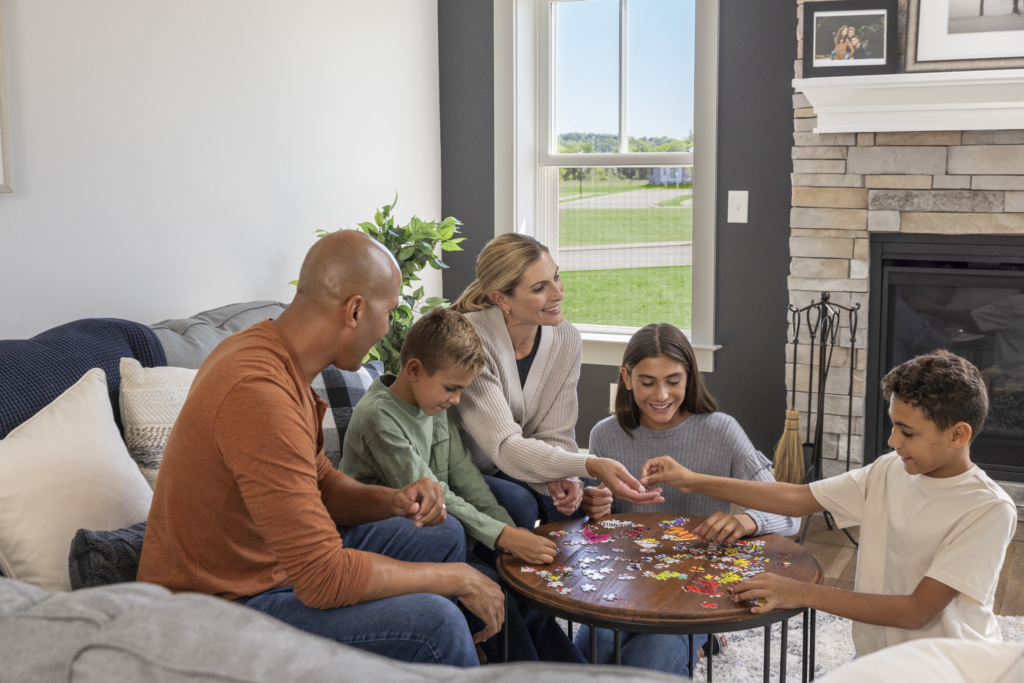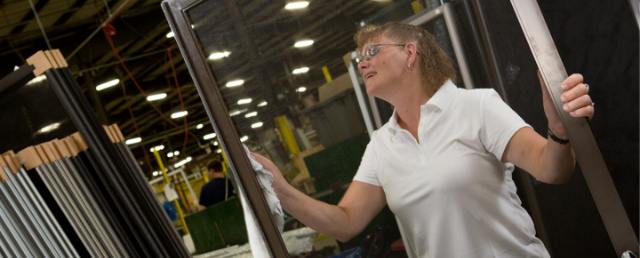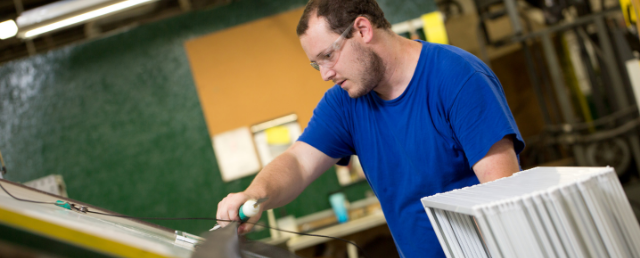When it comes to window screens, the type you need often depends on the type of window you have. Unfortunately, there is no “one size fits all” approach to window screens. All window screens are different as all windows are different, having their own unique features and benefits. Here are some common window types and their corresponding screen types:
- Single Hung Window: A single hung window consists of two sashes, but only the bottom sash is operable (movable). The top sash is fixed in place. For single hung windows, you typically need a half screen that covers only the bottom half of the window.
- Double Hung Window: Double hung windows have two operable sashes, one on the top and one on the bottom. Both sashes can move up and down. For double hung windows, you can choose between two types of screens:
- Full Screen: A full screen covers the entire window opening and can be installed from the inside. It allows you to open both the top and bottom sashes while keeping insects out.
- Half Screen: Similar to the single hung window, a half screen covers either the top or bottom half of the window. This allows you to open one sash while keeping the other covered by the screen.
- Casement Window: Casement windows are hinged on one side and typically open outward. The most common type of screen for casement windows is a full screen. It covers the entire window and is usually installed on the inside. When you open the window, the screen stays in place.
- Slider Window: Slider windows have one or more sashes that slide horizontally to open and close. For slider windows, you typically need a full screen that covers the entire opening. The screen can be installed from the inside and remains in place when you slide the window open or closed.
- Wicket Window: Designed for easy access to the exterior of a window for cleaning, ventilation, and emergency egress. They are typically hinged along one side and swing inward or outward to allow access without the need to remove the entire screen. Overall, wicket window screens are a convenient and practical option for those who want easy access to their windows without the hassle of removing the entire screen. They offer increased ventilation, protection from pests, and added security, making them a worthwhile investment for any homeowner.
- Specialty Windows: Specialty windows come in various shapes and sizes, such as arches, circles, triangles, and custom-designed windows. For these unique windows, custom window screens may be necessary. They are made to measure and designed specifically for your window’s shape and dimensions.

When choosing a replacement window screen, it’s important to consider the type of window you have, whether it’s single hung, double hung, casement, slider, awning, or a specialty window. Knowing the correct screen type will help ensure a proper fit and functionality. RiteScreen offers the largest assortment of casement, awning, wicket, double hung, single hung, slide, and full window screens. Don’t have white windows? No problem. RiteScreen offers premium standard colors of Almond, Black, Clay, Bronze, and White. Our window screens are custom made to order, this means one of our 7, USA-based manufacturing plants will complete your order exactly as prescribed so you can feel confident knowing your window screen replacement is being produced right here in the United States.



